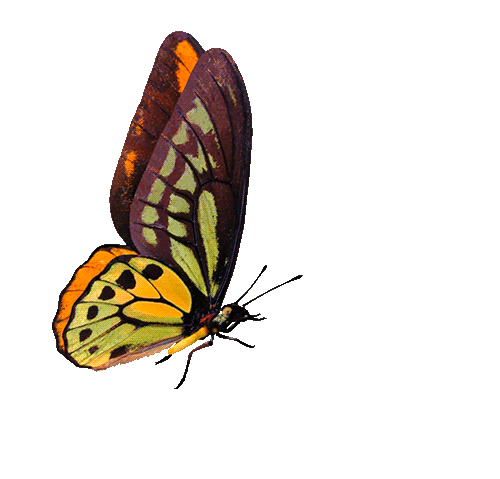top of page

Name
Elder
Latin
Sambucus
Secret Meaning
Zealousness

Alternative Names:
Elderberry, Elderflower
Facts & Folkore:
The elder family of flowering plants are prized for their beautiful and aromatic flowers and for their blue-purple berries and are found growing throughout most temperate regions in the world.
Although the cooked berries (pulp and skin) of most species of Sambucus are edible, the uncooked berries and other parts of plants from this genus are poisonous. Leaves, twigs, branches, seeds, roots, flowers, and berries of Sambucus plants produce cyanogenic glycosides, which have toxic properties.
However, the fruit of the species S. callicarpa is eaten by birds and mammals. And although inedible to humans when raw, can be made into wine. The flowers of Sambucus nigra are used to produce elderflower cordial. St-Germain, a French liqueur. An Hallands Fläder, a Swedish akvavit, is flavoured with elderflowers. Elderberry syrup is an age-old remedy for illness still used today.
Hollowed elderberry twigs have traditionally been used as spiles to tap maple trees for syrup. Additionally, they have been hollowed out and used as flutes, blowguns, or syringes. Elderberry twigs and fruit are often employed in creating dyes for basketry. These stems are dyed a very deep black by soaking them in a wash made from the berry stems of the elderberry.
Folklore related to elder trees is extensive and can vary according to region. In some traditions, the elder tree is thought to ward off evil and give protection from witches, while other beliefs say that witches often congregate under the plant, especially when it is full of fruit! Elder has also been used in a variety of burial rituals and in various rituals for identifying and protecting against witches.
Some other attributes attributed to elder was protection by carrying the wood, leaves, flowers, or berries, or by hanging them in doorways. Elder planted in the back yard, particularly near the kitchen, is said to provide protection from negative influences and disease. It was said that if you fell asleep under the elder you would dream of the faerie lands.
In Christian traditions, the Elder was a fearful symbol of sorrow and death. At times, elder was also said to have been the tree whose wood was used to make the cross on which Jesus was crucified.
Elder’s branches are hard and easily polished on the outside and they have a soft, springy core that is easily removed. For those reasons, they have often been used to make woodwind instruments that are said to produce the music faeries and similar spirits love best. Elder wood burns quickly, producing a great deal hissing and crackling, which is most likely why the gypsies held it taboo to burn Elder.
In the Celtic traditions, like the hawthorn, the Elder was considered a sacred tree and forbidden to be cut down. It was believed that if an elder tree was cut down, a spirit known as the Elder Mother would be released and take her revenge. The tree could only safely be cut while chanting a rhyme to the Elder Mother. Elderflower wine was said to be drunk at the Beltane celebrations and elderberries were made into a wine at Samhain which was consumed to promote divination and hallucinations. The superstition of never cutting down an elder bush was not unique to Ireland. In Denmark, peasants never chopped an elder because Hyldemor, The Elder Mother, lived in the trunk. This belief was possibly brought to the East of England by the Vikings and, even today, in Lincolnshire a tradition remains to ask permission from ‘The Old Lady’ before taking cuttings from the tree.
Click or hover over image.


bottom of page


